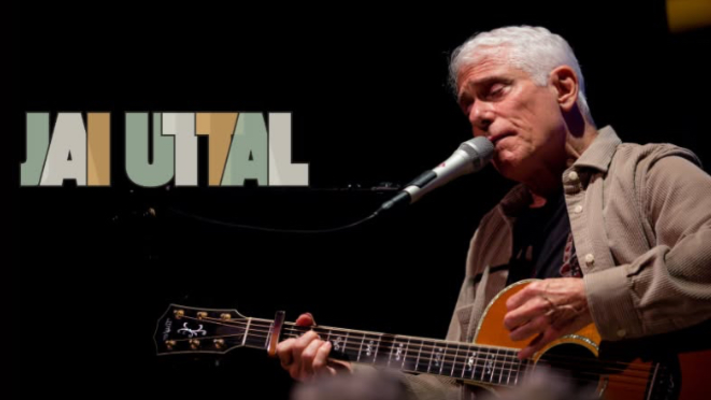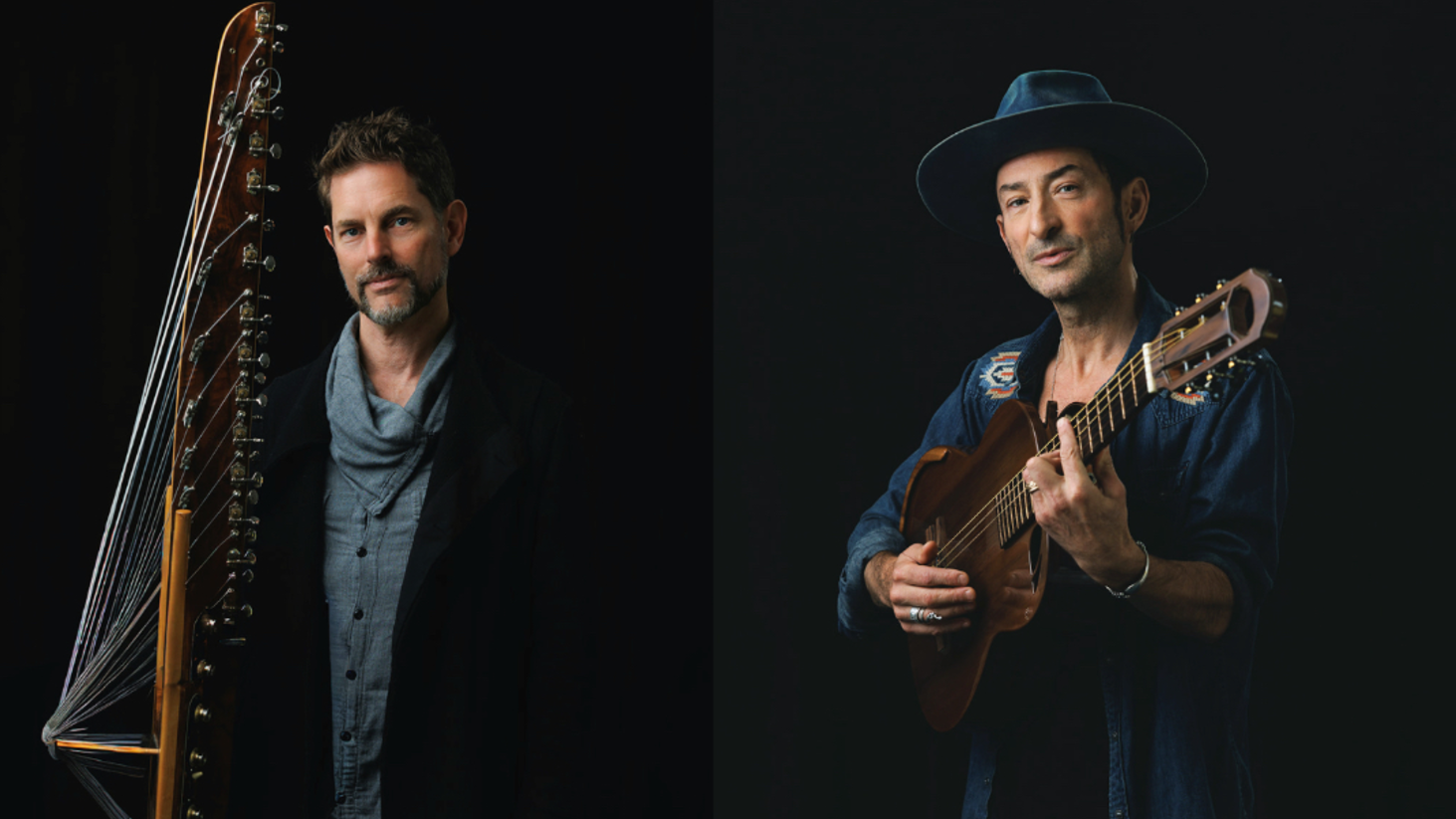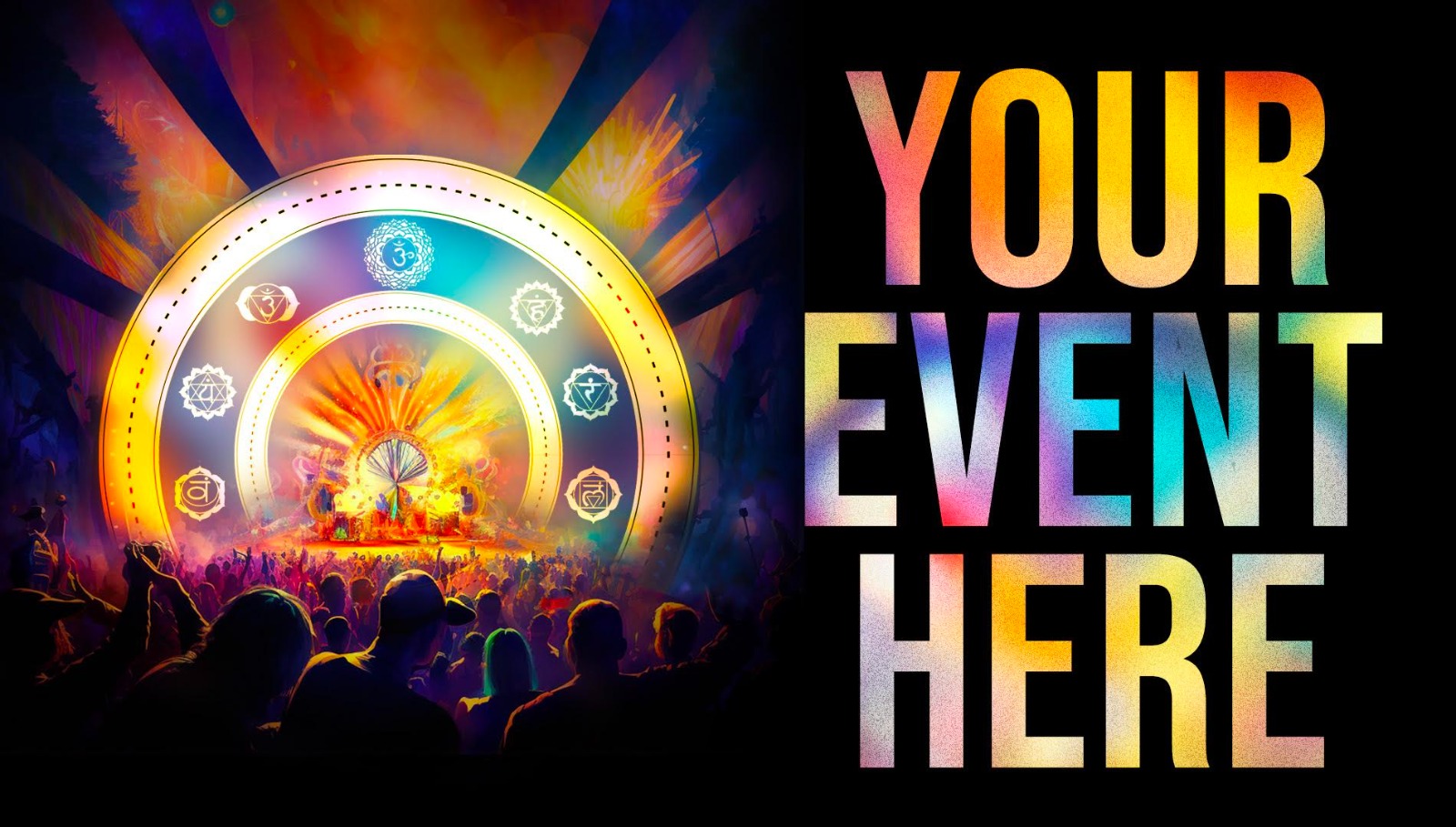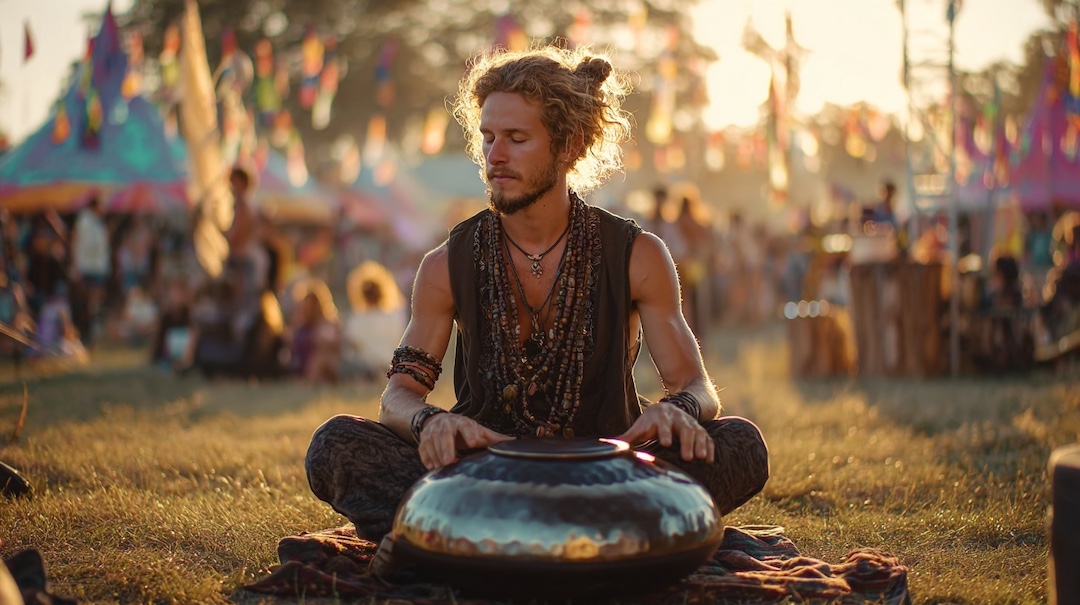
Suffering is an inevitable part of the human condition. It doesn't matter who we are, where we come from, or what we believe—suffering finds us all. It may show up as physical pain, emotional turmoil, spiritual crisis, or the loss of something dear to us. It’s raw, unavoidable, and often feels like the heaviest weight we could bear. Yet, within the heart of suffering lies a profound truth: it can be the very thing that transforms us.
In many spiritual traditions, suffering is seen as more than just something to endure or escape from. It is not an enemy, nor is it a punishment. It is a powerful teacher, one that shapes us, refines us, and brings us closer to who we truly are. As Guru Nanak, the founder of Sikhism, beautifully expressed in his teachings: "Dukh Parhar Sukh Ghar Le Jaee"—Suffering takes you to the doorstep of happiness.
This idea that suffering can lead to joy, healing, and ultimately peace is a concept that spans across spiritual traditions. But what does it mean to embrace suffering? How does it lead us to happiness, and why is it so integral to our growth?
The Inevitable Reality of Suffering
In life, we encounter suffering not as a singular event, but as a series of moments that stretch across time. There is no escape from it—whether we face it in the form of loss, pain, or emotional upheaval, it is a constant companion. The question is not whether we will experience suffering, but how we will relate to it.
When we reject suffering, we create a divide between ourselves and the fullness of the human experience. We seek to numb, avoid, or resist the pain that comes with it. But in doing so, we also block ourselves from the transformative potential that suffering offers. By refusing to confront it, we deny ourselves the opportunity to grow, to learn, and to deepen our connection to life itself.
Suffering, in its rawest form, can awaken us to the deepest parts of ourselves. It shakes us awake from the slumber of everyday life, reminding us of our fragility and impermanence. It humbles us, invites us to surrender, and shows us the reality that life is fleeting. But if we face it with acceptance, suffering reveals its true nature as a catalyst for change.
Embracing Suffering: The Path to Transformation
What happens when we embrace suffering instead of rejecting it? The answer is simple yet profound: transformation. When we accept suffering as a part of life, rather than something to fear or escape, it becomes a mirror that reflects who we are. In facing our pain, we confront the parts of ourselves that we may have ignored or pushed aside—our fears, our vulnerabilities, and our attachments.
Through this confrontation, something incredible happens: we are liberated. When we stop running from suffering, we begin to see its deeper meaning. Instead of seeing it as an obstacle or a misfortune, we start to view it as an invitation to grow. It asks us to expand our consciousness, to shed old patterns, and to move into new ways of being.
Suffering, when embraced, becomes a path to enlightenment. It teaches us compassion, both for ourselves and others. It opens our hearts, softens our egos, and allows us to experience the fullness of life—not just the joys, but the pain as well. The truth is, the deeper we allow ourselves to feel the pain, the greater our capacity to experience joy.
Suffering as a Gateway to Healing and Awakening
When we approach suffering with awareness rather than fear, it has the power to transform us in ways we never thought possible. Think about how much we learn from the hardest experiences in life. These are the times when we are most vulnerable—when we are forced to confront parts of ourselves that we may not have wanted to see. And yet, it is through these experiences that we find our greatest strength.
Suffering can be the catalyst for healing. It is often through the deepest wounds that we discover the power of our own resilience. We find that, like a cracked vase that holds its contents more gracefully because of the fissures, we too can hold space for others in their pain. Our suffering connects us to one another in a way that joy never can.
We also begin to see suffering not just as something that happens to us, but as an integral part of the human experience. It is not only our personal pain that defines us; it is our shared suffering that unites us as a species. In that shared space, there is room for compassion, connection, and understanding.
Through this understanding, we can allow suffering to become the gateway to awakening. As we let go of the resistance, we find that the pain softens. The more we can sit with discomfort—whether in our meditation practice, in personal loss, or in physical pain—the more we realize that we do not need to fear it. Instead, we can transform it. We can let go of the illusion that we are separate from our pain and realize that it is simply a passing storm, here to teach us, to help us grow.
The Role of Spiritual Practices in Transformation Through Suffering
In spiritual practices like meditation, mantra chanting, or Tantra, we often face discomfort and resistance. But these practices are powerful tools that allow us to sit with our pain, to observe it without judgment, and to learn from it. In doing so, we can move through suffering with grace and dignity. We learn that it is not the pain itself that defines us, but how we choose to experience it.
Many people turn to plant medicine ceremonies or healing workshops to confront and transform suffering. These experiences allow individuals to access deep layers of consciousness, often uncovering unresolved pain and emotions. While this process can be intense, it is also incredibly healing. In facing suffering directly, we invite healing to flow in, allowing us to experience freedom and liberation.
The Wisdom of Guru Nanak: "Dukh Parhar Sukh Ghar Le Jaee"
Guru Nanak’s message encapsulates this idea perfectly. He reminds us that suffering is not a hindrance, but a guide. “Dukh Parhar Sukh Ghar Le Jaee”—Suffering takes you to the doorstep of happiness—suggests that suffering is the very thing that prepares us for true joy. We are led to the doorstep of sukh (happiness), but we must first walk through the door of dukh (suffering).
In Guru Nanak’s words, there is no separation between suffering and happiness. They are two sides of the same coin. To experience the full beauty of life, we must be willing to embrace it all—the light and the dark, the joy and the pain.
Conclusion: Embrace Suffering, Embrace Life
As we face the suffering that inevitably arises in our lives, let us remember that it is not a curse but a blessing in disguise. It is through suffering that we find strength, wisdom, and compassion. By embracing our pain, we transform it. By sitting with it, we allow it to guide us toward greater freedom, awakening, and joy.
The next time suffering knocks on your door, don’t run. Open it, greet it with love, and see what it has to teach you. For in the depths of suffering, you may find that what awaits you on the other side is peace, love, and the highest form of happiness.




















